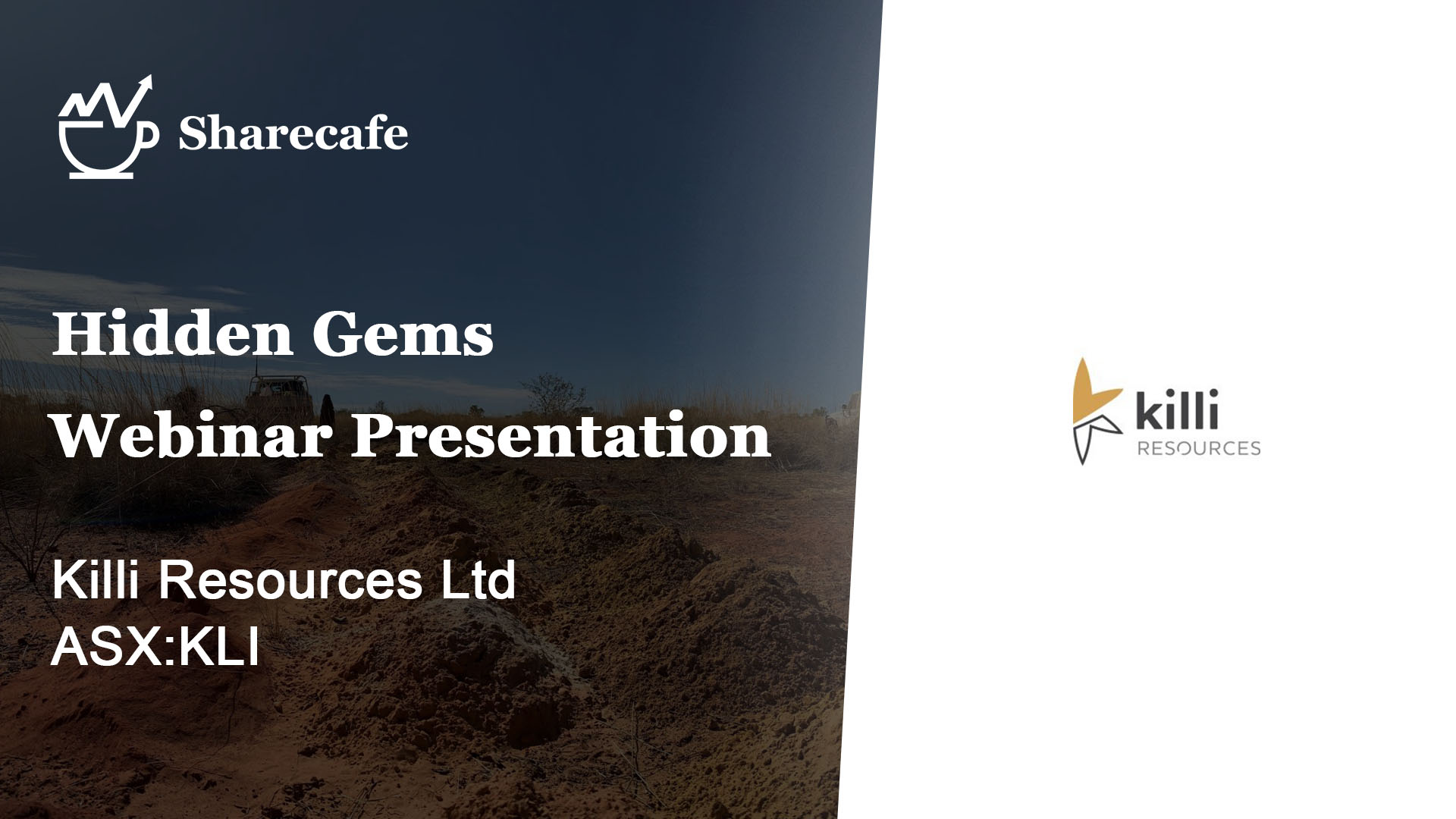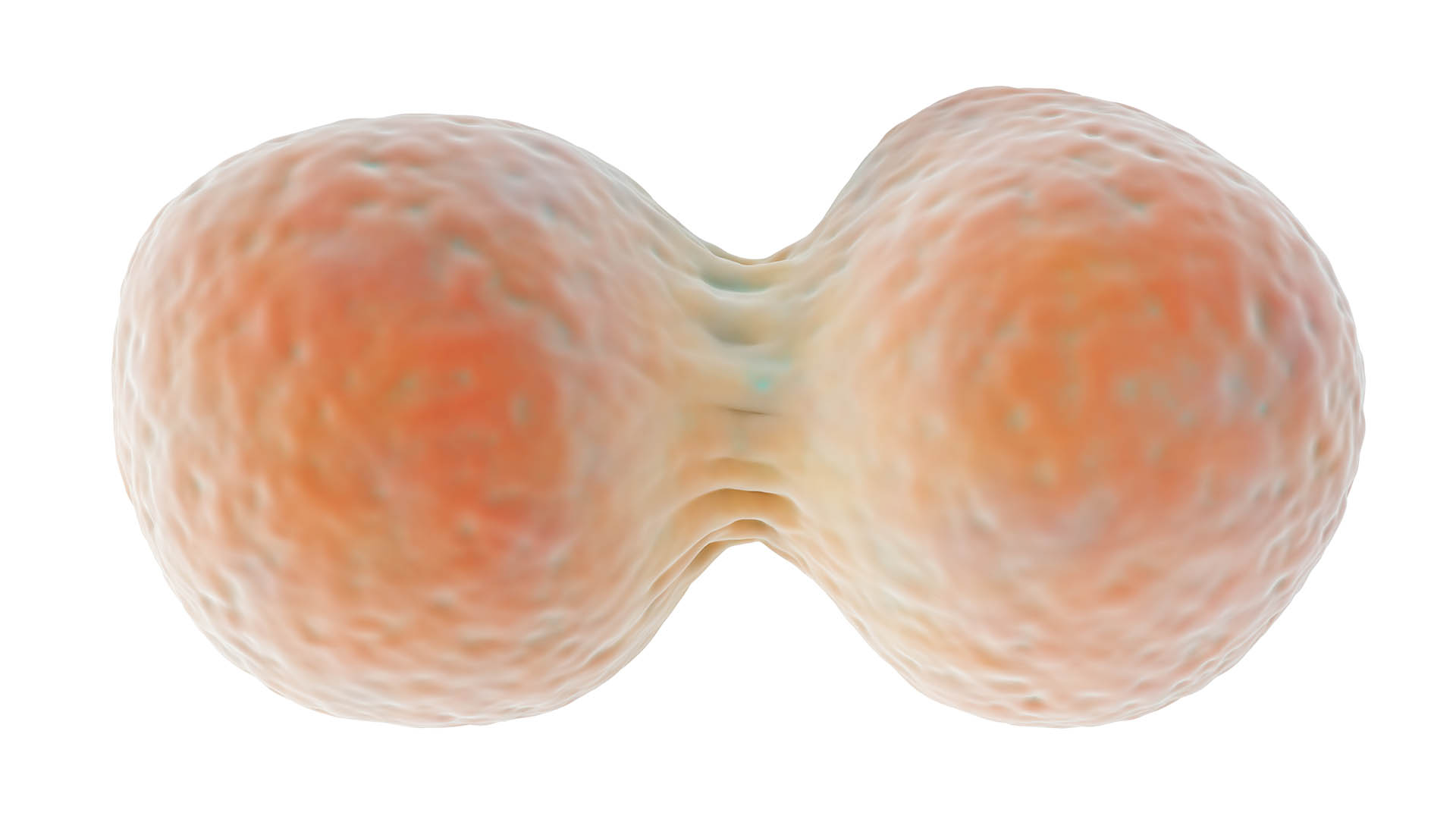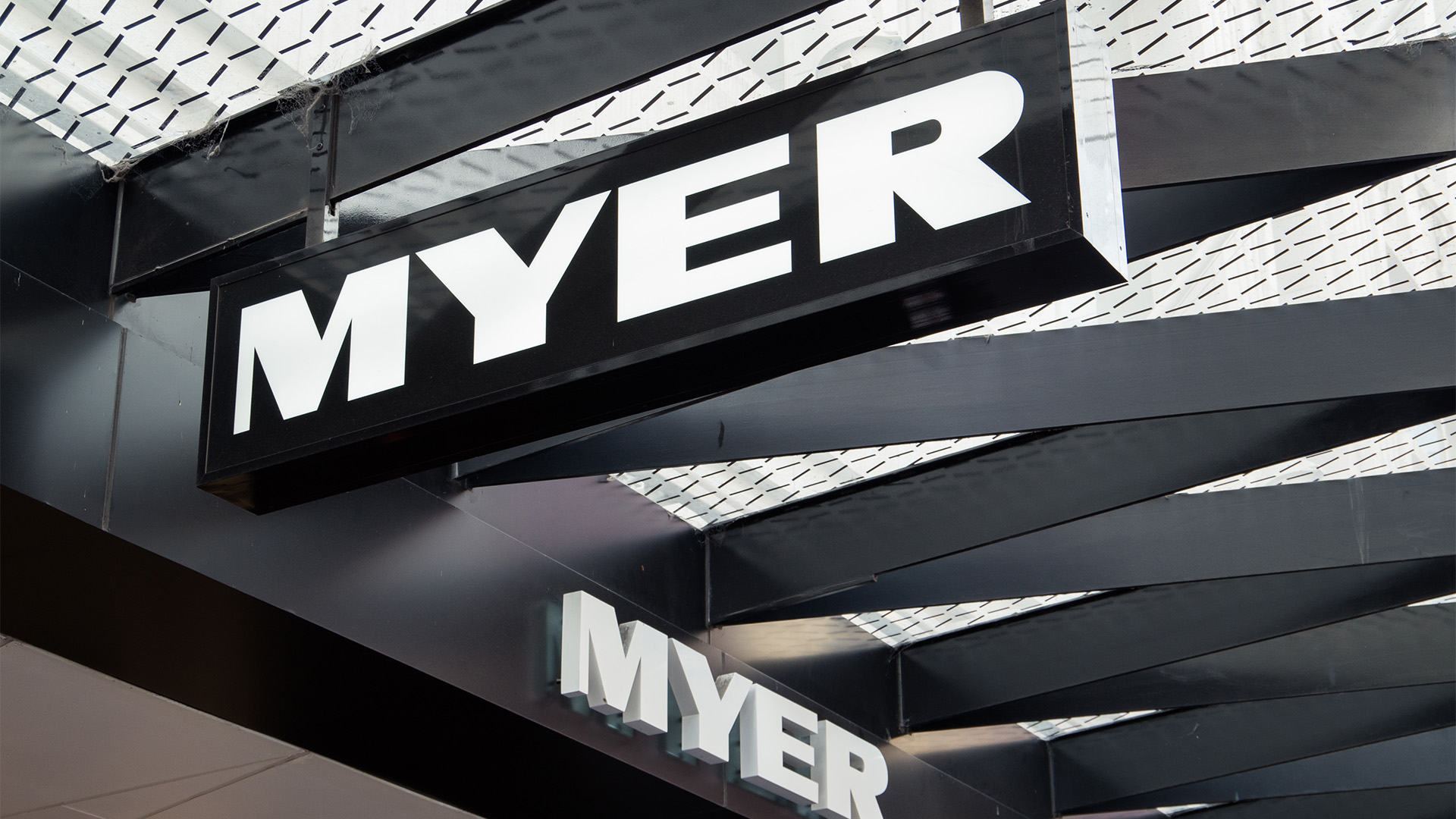Amid weakening markets overnight, iron ore stood out with yet another surge to around powered $US70 a tonne as Chinese steelmakers reportedly ramped up production to take advantage of bigger profit margins that have boosted demand.
Iron ore is up 60% so far this year and has outperformed other major commodities such as gold, copper, oil and silver.
Gold, oil and other commodities sold off yesterday and overnight, stockmarkets in Asia were mostly firm, some in Europe weakened, but Wall Street lost ground after three solid days of gains.
BHP shares rose 3.5% and Rio Tinto shares were up more than 2% in local trading overnight, but both miners shares fell in London overnight, despite the surge in iron ore prices.
The Aussie dollar surged to a new recent high of 78.35 US cents before falling a cent to trade around 77.40 US cents.
The local stockmarket is looking at an early loss with the overnight futures trade on the ASX 200 pointing to a fall of around 20 points.
Iron ore with 62% per cent content delivered to Qingdao in northern China climbed 8.8% to $US70.46 a tonne on Thursday, the highest since January 2015, according to data on Metal Bulletin’s website.
It was the biggest daily increase since that record (and still strange) 19% jump in early March. Iron ore is up 84% since bottoming at $US38.30 in December of last year.
The other major global pricing group, the Steel Index reported that iron ore jumped 6.8% to close at$US68.70 a tonne (a rise of $US4.40 a tonne). Iron ore has jumped 60% since the start of 2016.
Benchmark Australian ore for immediate delivery into China was quoted by the Steel Index at $68.7 a tonne on Thursday, up $4.40 or 6.8 per cent on the previous session.
Thursday’s surge came as Chinese steel prices enjoyed another big day of gains, rising nearly 9% to their highest level since September 2014.
Steel reinforcement bars, widely used in construction hit $US430 a tonne on Thursday. Restocking, seasonal demand and tighter supplies following a string of closures last year are said to be behind the increase in steel prices.
The head of BHP Billiton in Australia said he did not expect the rise in prices to hold for more than a few months because more supply is set to hit the market.
“As you see more low cost volume come to market, here in Australia as well as elsewhere, you would expect that prices would not be sustained as these high levels,” said BHP’s Mike Henry.
BHP this week trimmed its 2016 iron ore production guidance. Rio Tinto stuck to its 2016 estimate, but trimmed its planned expansion in 2017.
And Murilo Ferreira, the chief executive of Vale, said on Wednesday the huge Brazilian miner was aiming to become the biggest supplier of iron ore to China, with plans to increase shipments to 250 million tonnes a year from 180 million with new supply coming from its new project S11D.
Vale also trimmed its production forecast for 2016. The miner said it produced 77.5 million tonnes of iron ore in the first quarter, a record for the first quarter. But that was down 12% from December and the company warned that 20916 production would be at the lower end of its 340-350 million tonne range.













